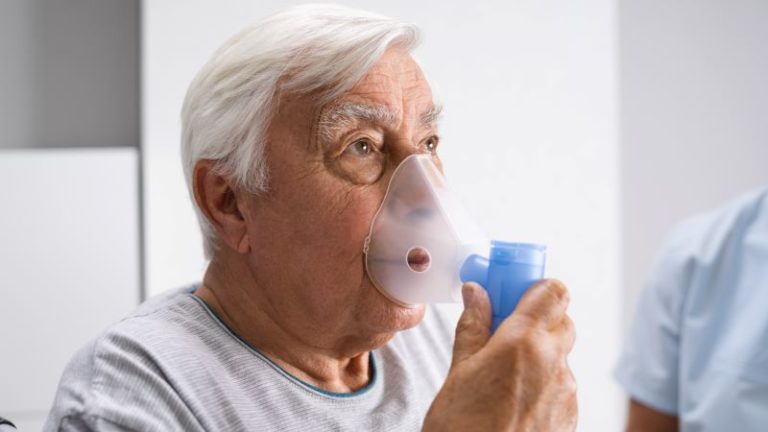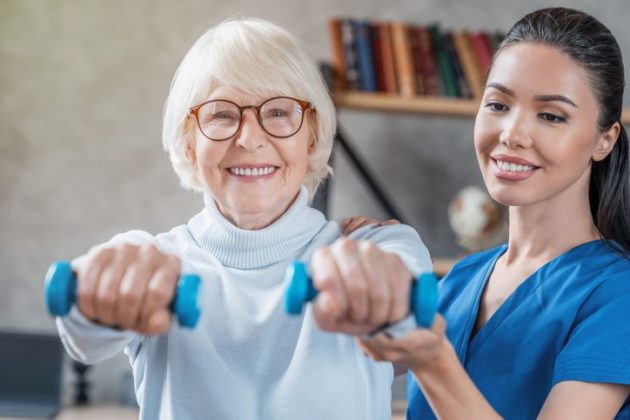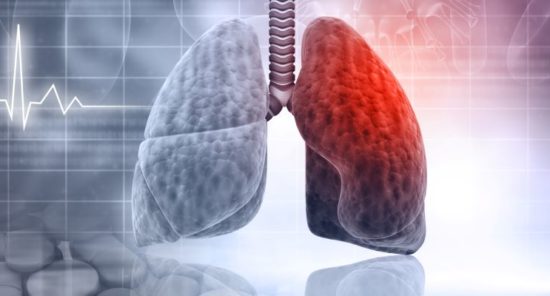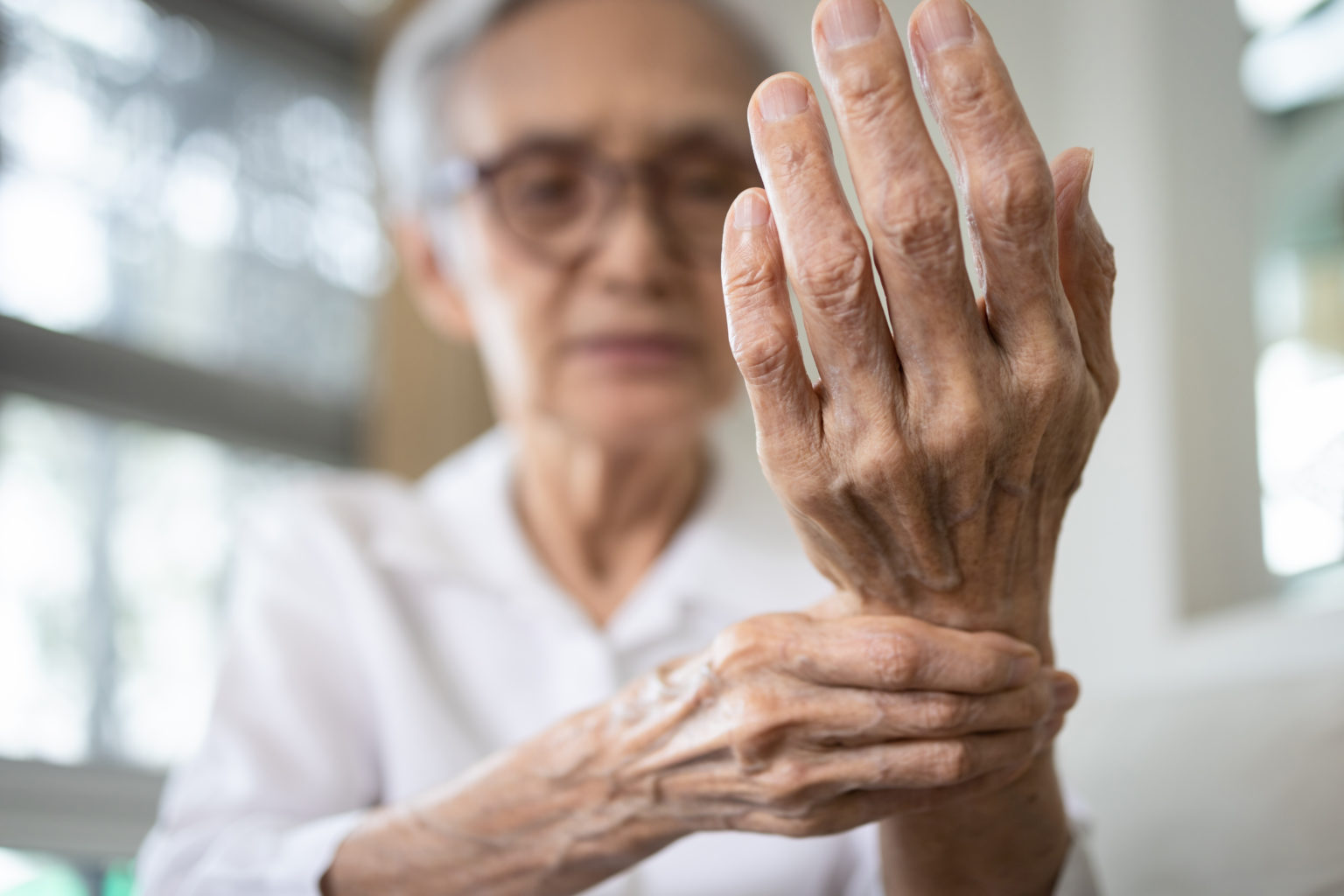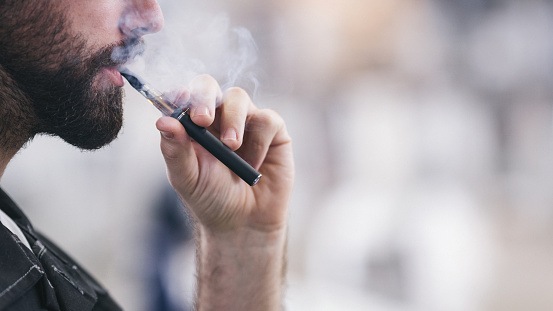Patients with chronic obstructive pulmonary disease (COPD) have a higher chance of falling. Researchers reviewed biomechanics of functional outcomes, muscle mechanics, and breathing mechanics in patients with COPD, in addition to future directions and clinical perspectives.
Those who have COPD show changes in their postural sway while quietly standing vs controls, with the deficits being intensified when senses are manipulated. Information on the biomechanical muscle mechanic alterations in COPD are not well documented, noted the researchers, but dyssynchronous motion of the abdomen as well as the rib cage at the same time as breathing is well documented. Future analyses within the biomechanical spectrum in COPD trend toward wearable sensors, big data, and cloud computing. Biomechanical assessments compliment physiological assessments, offering an additional element. Researchers note that patients with COPD and their physical capabilities in daily life impact overall quality of life. Considering function and movements in the clinical setting can lead to more comprehensive therapies and further referrals to therapists, including physical therapists.
Reference: Yentes JM, Liu WY, Zhang K, Markvicka E, Rennard SI. Updated Perspectives on the Role of Biomechanics in COPD: Considerations for the Clinician. Int J Chron Obstruct Pulmon Dis. 2022;17:2653-2675 https://doi.org/10.2147/COPD.S339195

